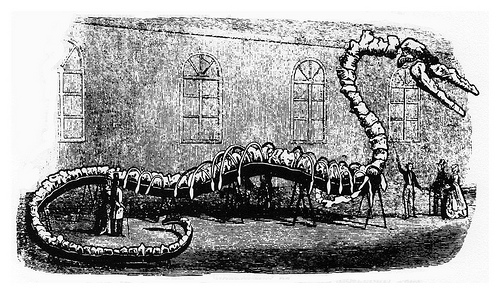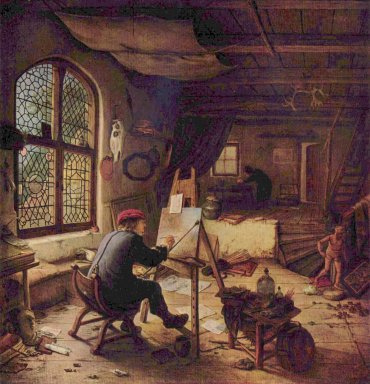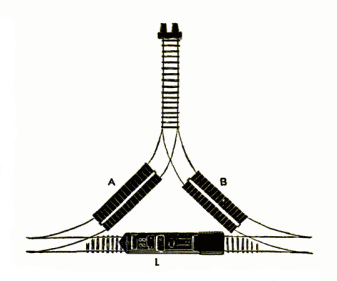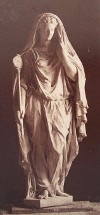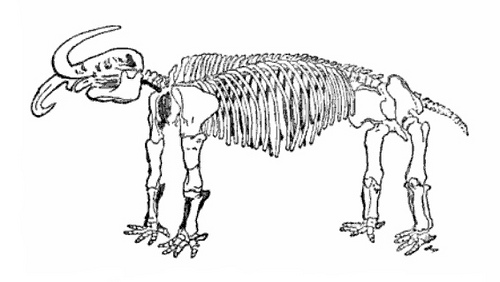
In 1840, Albert Koch made a sensation in London with the “Missouri Leviathan,” an enormous monster whose remains he purported to have discovered in Benton County, Mo. It turned out to be “a mastodon preposterously mounted.” From Scribner’s Magazine:
Koch had added an extra dozen or more joints to the back-bone and ribs to the chest, turned the tusks outward into a semicircle, and converted the animal into an aquatic monster which anchored itself to trees by means of its sickle-shaped tusks and then peacefully slumbered on the bosom of the waves.
The British Museum bought this up and, sniffing, reassembled it into a mastodon. Koch only warmed to his work — in Alabama he turned up the remains of two basilosauri and, writes Rupert Gould, arranged them to form “a serpentine creature 114 feet long, for which he manufactured, from any spare bones that were handy, a corresponding skull, ribs and paddles” (below). He had time to exhibit “Hydrarchos sillimani” in New York and Boston before outraged naturalists finally shut him down; the restored basilosaurs found a home in Berlin.
